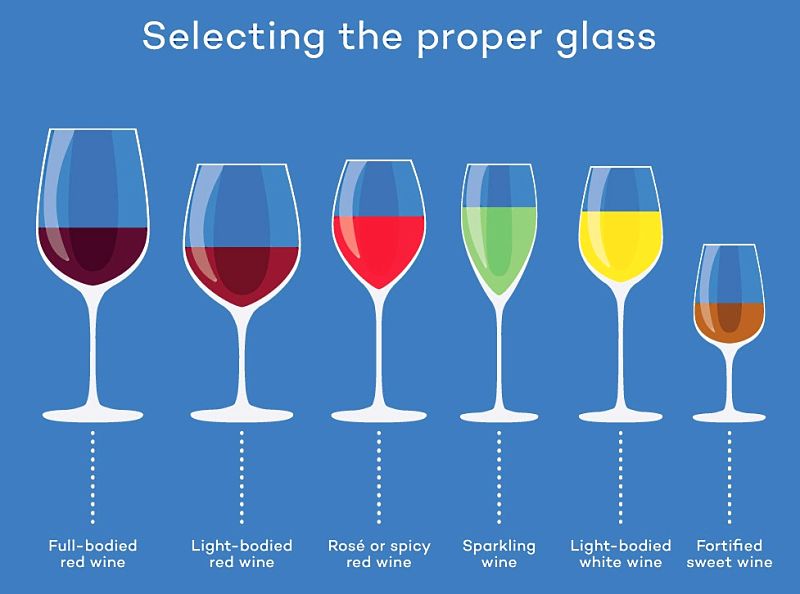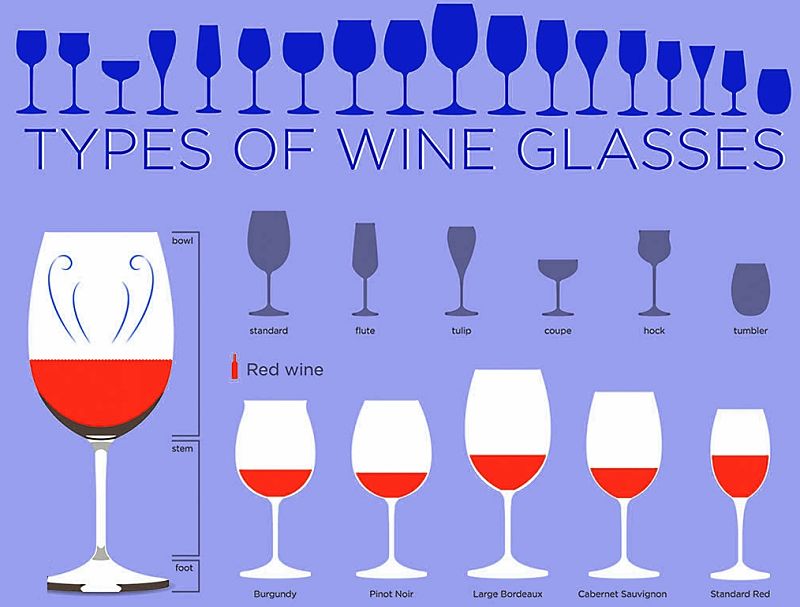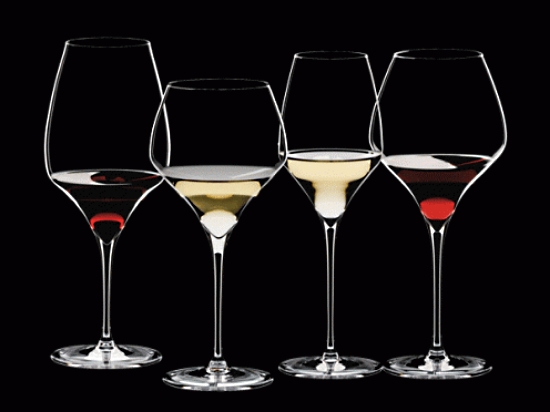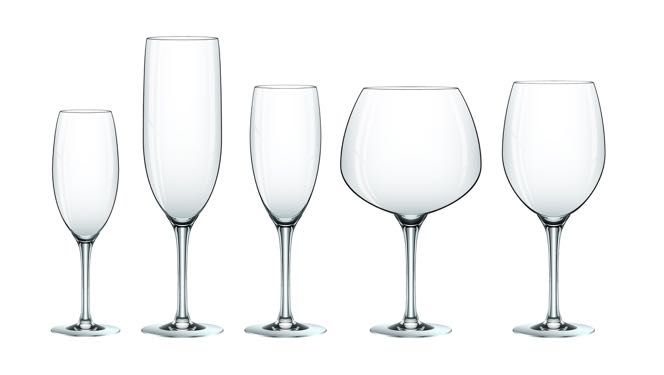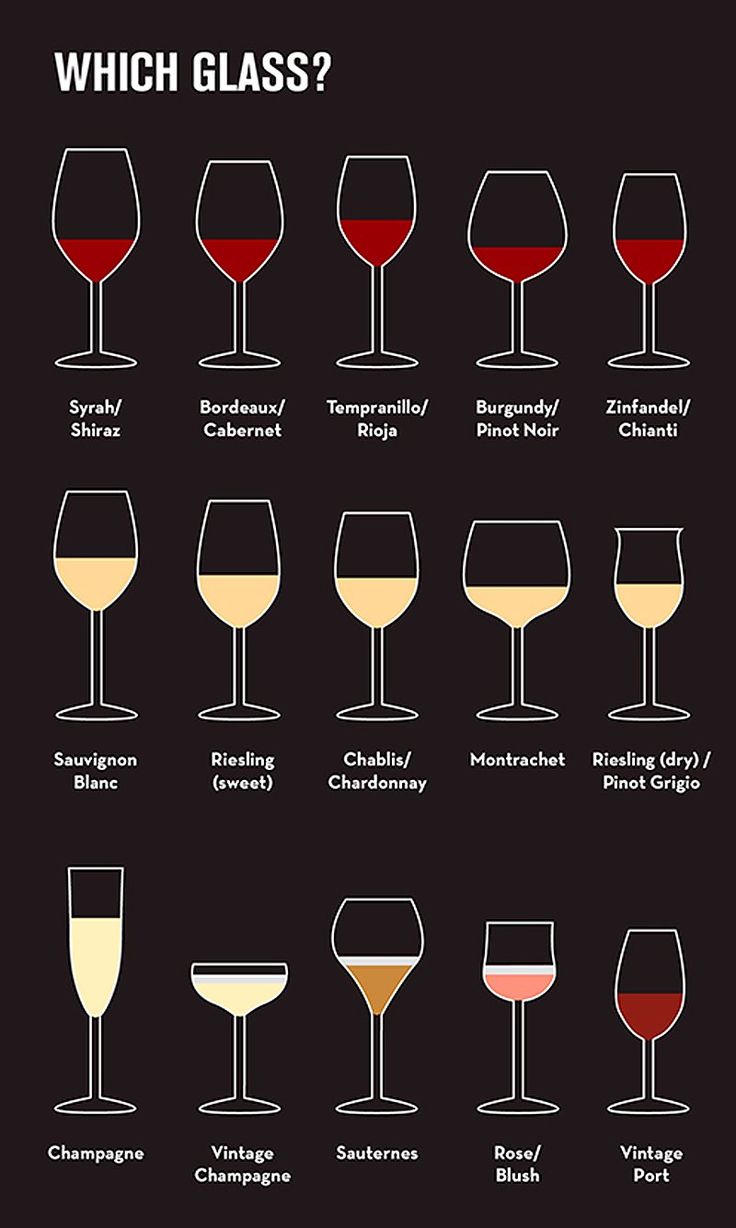Q&A: How Does the Shape and Style of Glass Affect the Taste of Wine?
This question is rather like the seemingly endless debate about whether wine from a bottle sealed with a cork tastes better than one sealed with a screw cap. In Australia the cap has largely won, but the makers of very expensive wines have had to go back to cork closures because their customers demanded it.
Choosing the glass is one of the great rituals associated with the enjoyment of a glass of wine. It is largely a matter of presentation and doing the right thing - being fashionable.
In some ways it is like choosing the plate to serve the food on, and how it is 'piled-up' and organized. Well-presented food seems to taste much better than food simply dumped on the plate.
This raises some interesting questions about the complex relationships between sight, smell and taste, and the way our bodies are designed to recognise the differences between the good, the bad and the ugly in food and beverages.
Taste it appears, is not an absolute and isolated sense, it is much conditioned by the other senses, especially smell, and most importantly our memories and expectations. Winetours are a great way to test your skills as a wine taster.
So does the glass we drink our wine out of in really affect its taste - That is the Question!
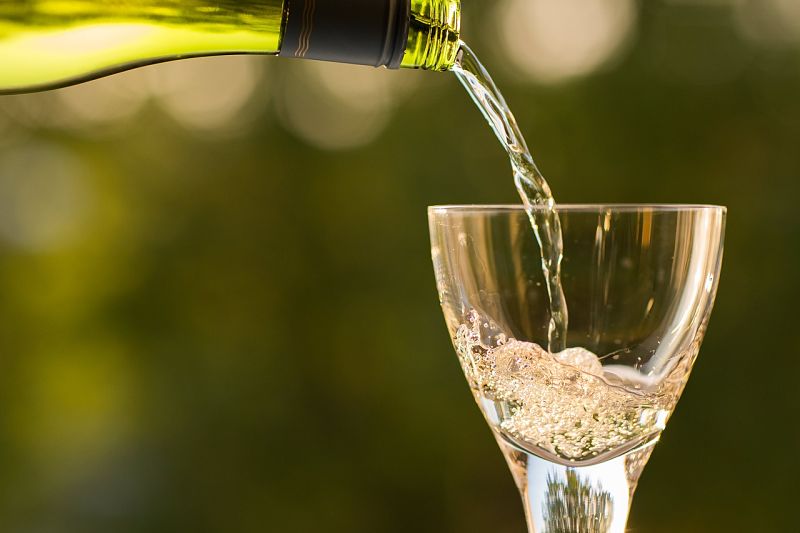
The debate really began with Raymond Postgate's book 'Plain Man's Guide to Wine' published in 1951, that included the five traditional glass shapes, designed for sherry, port, champagne, claret and hock. In his book he was very critical of the benefits of the glass designs claiming that none of the glasses improved the wines in any way whatsoever. He also claimed that:
- the 'V' shaped sherry glass was a publican's trick making the quantity of wine appear to be much more than it is, half the volume makes it appear two-thirds full
- the champagne glass is broad and flat so that everyone in the pub or restaurant can see what you are drinking
- the colored hock glass was simply to disguise cloudy, poor quality wine.
- there is only one type of wine glass in his opinion -a colorless, tulip-shaped glass that narrows at the top.
Claus Riedel who was involved with an Austrian glass manufacturer that released a new set of designs 1961, claimed:
- open and wide glass shapes make the wine drinker sip the wine by lowering their head and nose over the glass of wine
- narrow rim glasses makes the drinker tilt their head backwards so that the wine flows downward into the mouth
- the glass design means that the wine is presented to different 'taste zones' of the palate and tongue.
Taste Zones on the Tongue
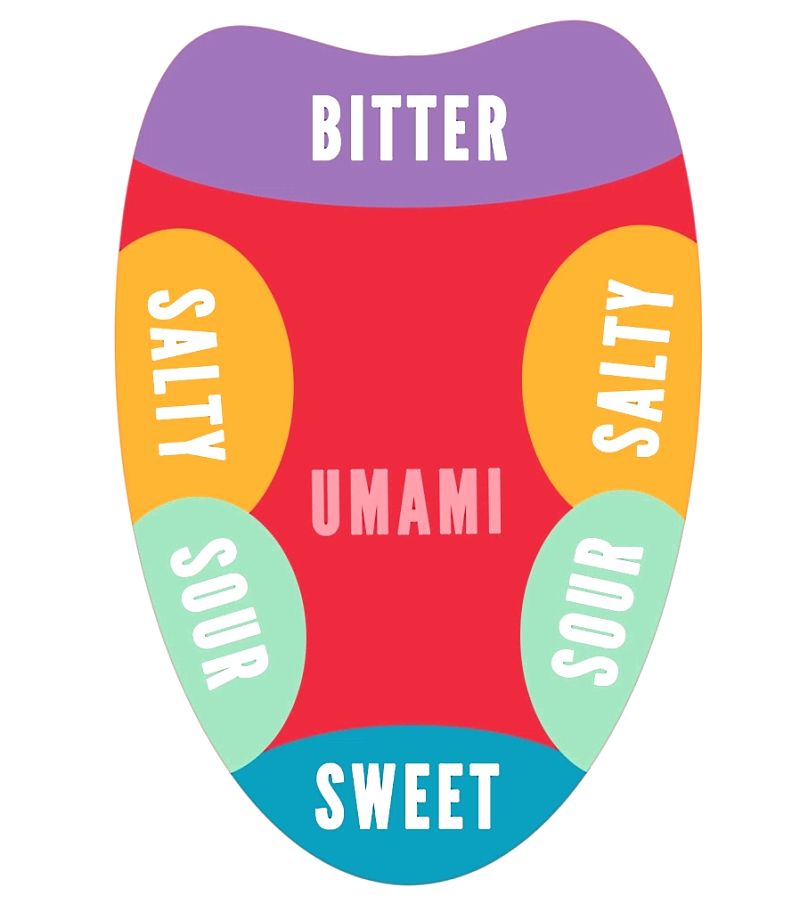

There has been a lot of debate about which glasses do what in delivering wine to different parts of the 'taste zone' on the tongue. Unfortunately this concept was never proven in the first place, and has been shown to a be a myth. The taste receptors are located all over tongue. There are Sweet, Salty, Umami, Bitter, Sour taste and possibly a Fat taste, but this has yet to be proven. There are groups together beneath a pore and all types of sensors occur all over the tongue ( See : Sense of Taste : How Taste Buds Work, How to Trick Them?).
Glasses with dramatically tapered rims are supposedly designed to direct the wine to the center areas of the tongue, instead of to either side of the mouth and tongue, where the acidity receptors are supposedly located. However, given that the taste zones are myth, it is probably related to how the glass engages the sense of smell, by how it changes the position of the head and nose ad the amount of tilting required to drink the wine (more about this later).
Even the delightful tall and narrow champagne flutes have been criticised because they focus too much on the fizz, but can stifle the aroma of older, more complex wines. You can hardly fit your nose in these glasses. The broad flat champagne glasses send fizz up your nose, but you tend to drink them with your face facing down and hunched over a little, very different from tilting the head back with a standard wine glass. The aroma of the wine is dissipated in these glasses which are not suitable for swirling the wine.
Some people have suggested that tasting wine mirrors the appearance of wine in a glass. You taste the way you see: A narrow flute shape will narrow the taste; a broad and buxom wine glass will amplify the taste, a flat bowl shaped glass will flatten the taste.
Taste is in the Smell, Really
Most people who lose their sense of taste for various reasons, actually suffer from a loss of smell. It is not generally known that most of a food’s flavor is derived from your ability to smell the food in the nose rather than taste it in the mouth. Different glass shapes may change how easy it is to smell the wine. The tongue is our only taste sensing organ, but it is hampered and very restricted because it can only sense sweet, sour, salty, bitter, and umami (or savory) flavours. That is why it is so hard to appreciate the flavor of food or wine when you have a cold or stuffy nose. It is also why many children are told to hold their noses when taking yucky medicine.
The area inside nose cavity that senses smell is a tiny area high up in the top of the nasal cavity called the olfactory cleft. There are other clefts on either side of the nose. Special cells in the clefts can sense the various odors and send various signals to the brain via the olfactory nerve.
If something you are given has an odor that smells sweet this will enhance how sweet the sample of sugar tastes. If it smells sweet, it will taste sweeter. If it smells sour, it will taste less sweet even though what you are tasting is plain sugar.
Research studies have shown that the sense of flavor is derived from the combination of three discrete senses: taste, olfaction and what is called somatosensation, which is the touch, texture, temperature, shape and feel of something. So in deciding whether the shape of the glass matters and affects hoe the wine tastes, we should be really looking at how the galss affect our ability to smell the wine.
Conclusion:
All the theories about how different wine glasses change area of the tongue where the wine lands need to be re-thought, now that the taste zones on tongues has been shown to be a myth. It appears that it is the way various glasses affect our ability to smell the wine while it is being tasted that is important. Perhaps there is a need for an odd-shaped glass that allows the nose to enter the top of the glass when we are tasting wine.
Swirling to Enhance the Aroma and Taste
If music be the food of love then swirling a wine in a glass is the food for tasting wine.
Why do people swirl their wine in large glasses. The theory goes that this aerates the wine and allows oxygen to permeate into the wine, releasing some of the bad smells such as ethers, esters and aldehydes. This allows the true pure bouquet of the wine to be released into the glass. For that reason larger glasses may be better, as by swirling the wine you can release the aroma into the space above the wine in the glass.
After all we can only sense the five basic tastes, but we can smell over 2,000 different bouquets, and it has been claimed that wine itself has over 200 unique aromas.
Some wine buffs suggest that after you have swirled the wine and released the bouquet, you should smell the bouquet of the wine three times, with the last one being the more important.
ENJOY!
